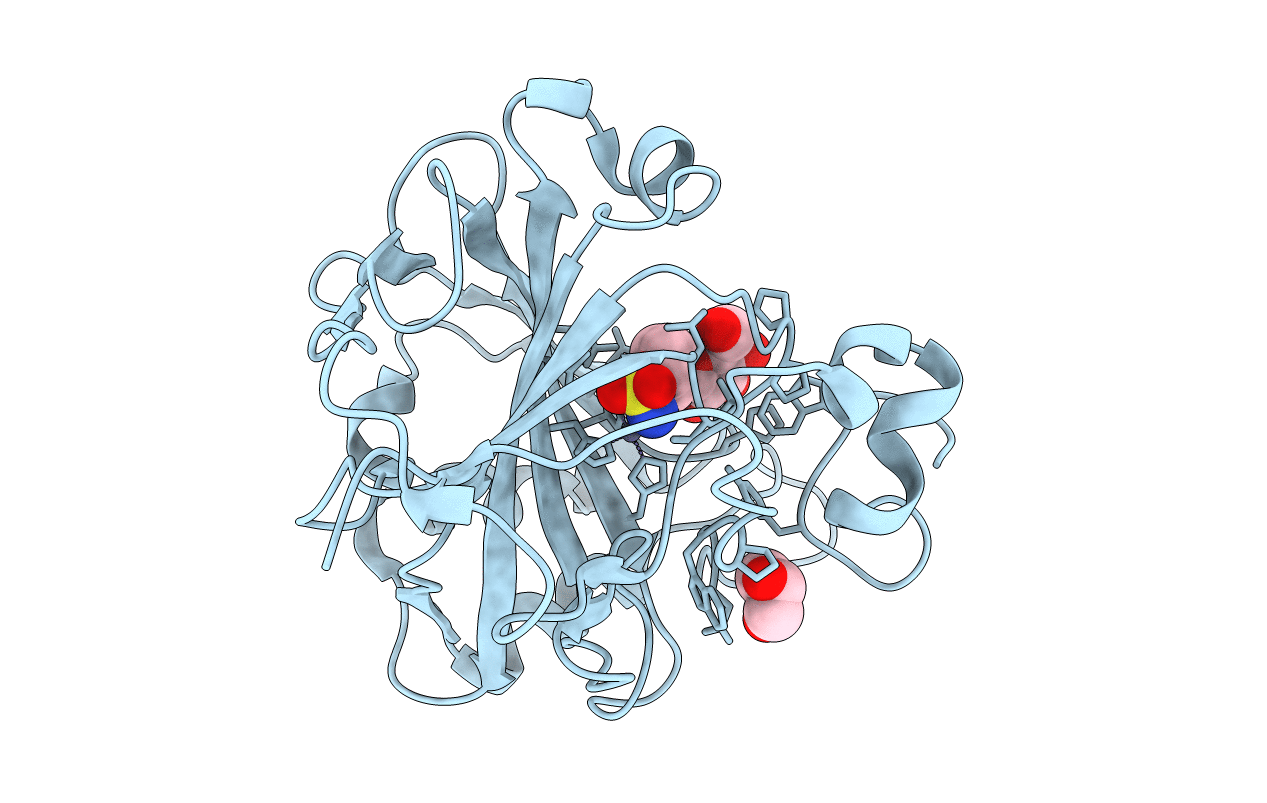
Deposition Date
2014-08-20
Release Date
2014-10-15
Last Version Date
2024-10-09
Entry Detail
PDB ID:
4R5A
Keywords:
Title:
A Carbonic Anhydrase IX Mimic in Complex with a Carbohydrate-Based Sulfamate
Biological Source:
Source Organism:
Homo sapiens (Taxon ID: 9606)
Host Organism:
Method Details:
Experimental Method:
Resolution:
1.64 Å
R-Value Free:
0.18
R-Value Work:
0.15
R-Value Observed:
0.15
Space Group:
P 1 21 1


